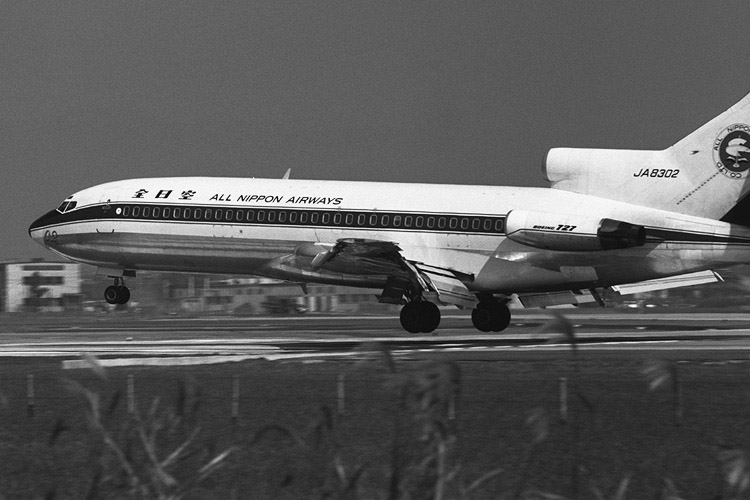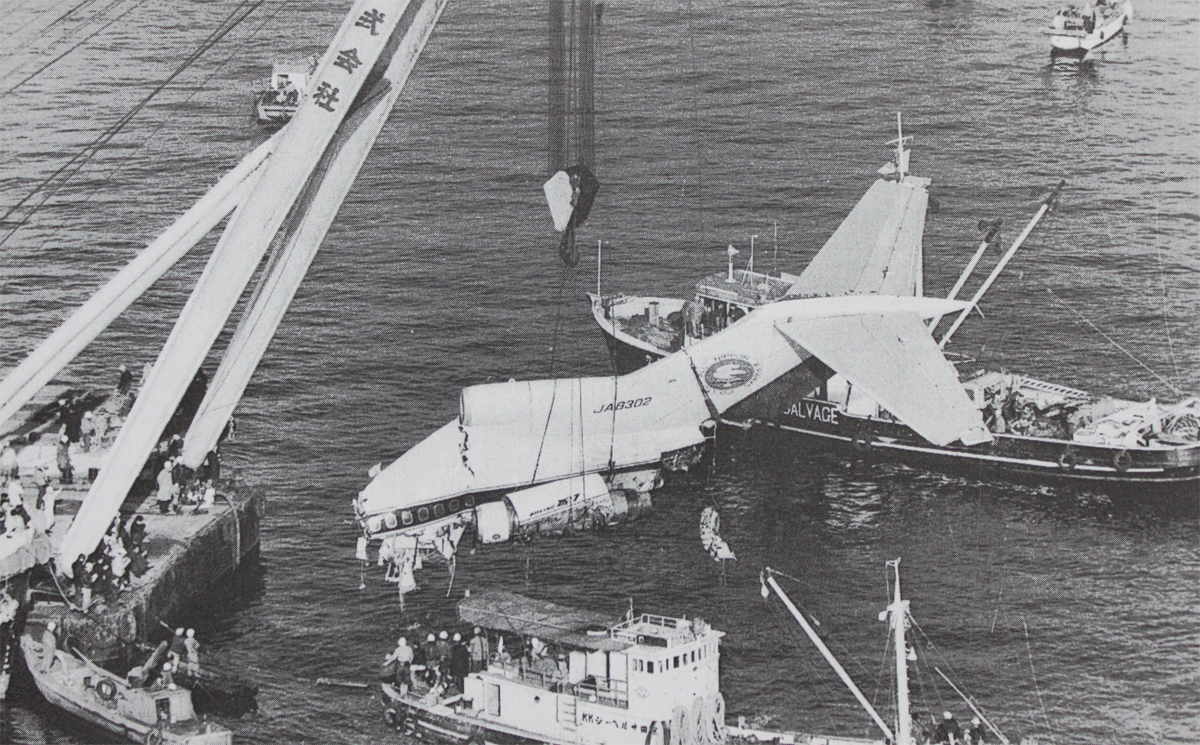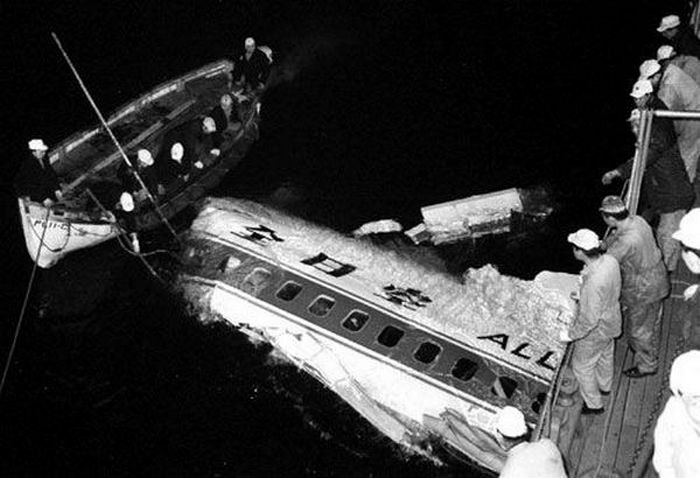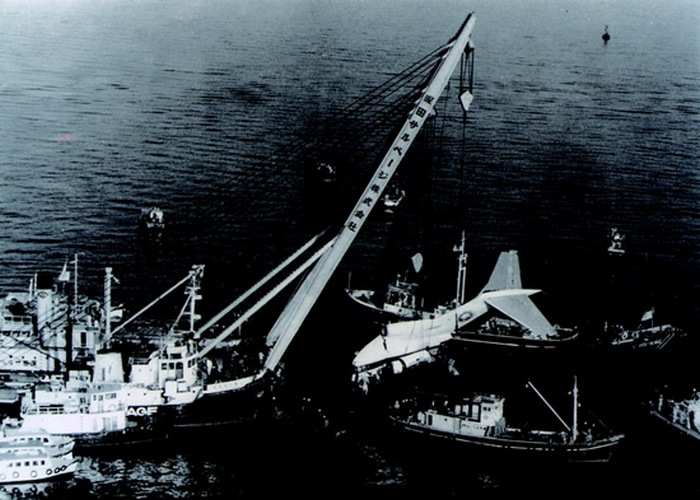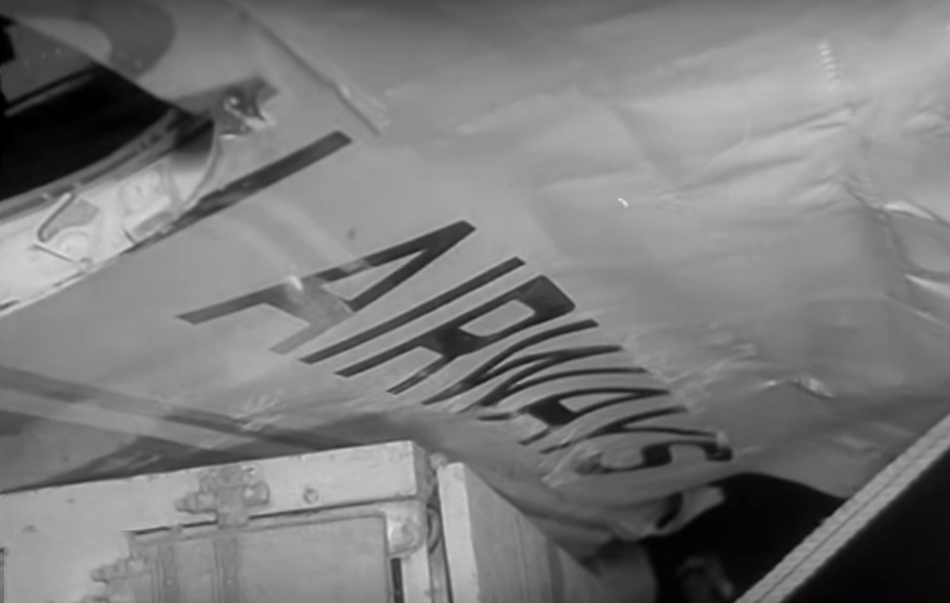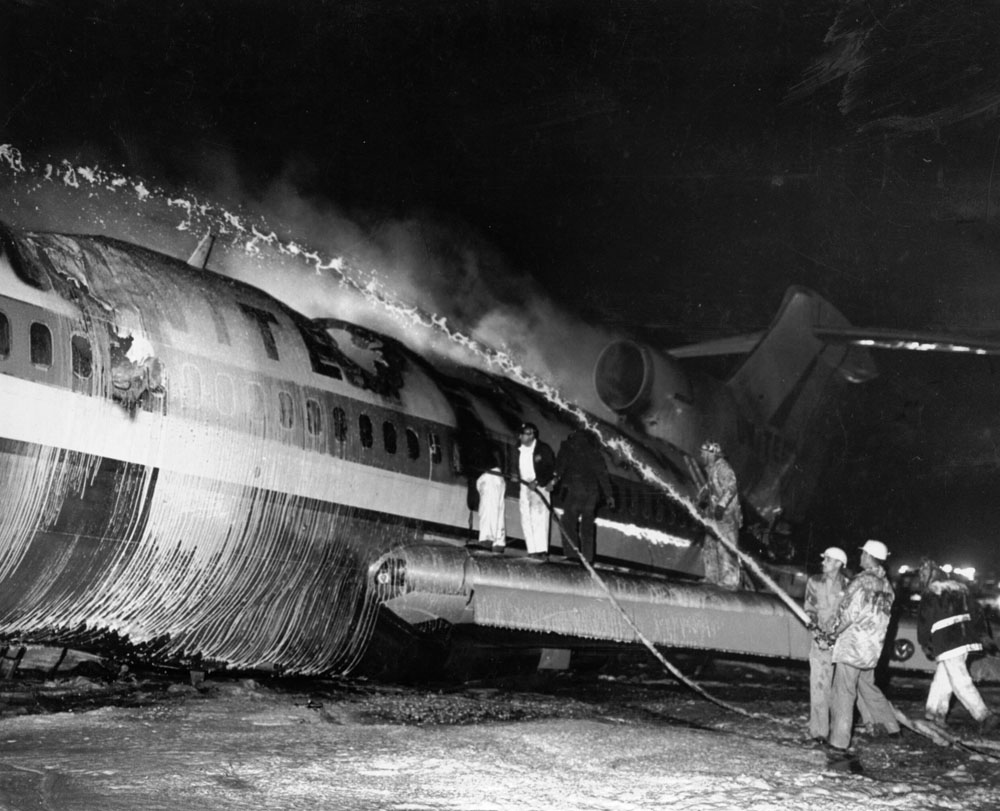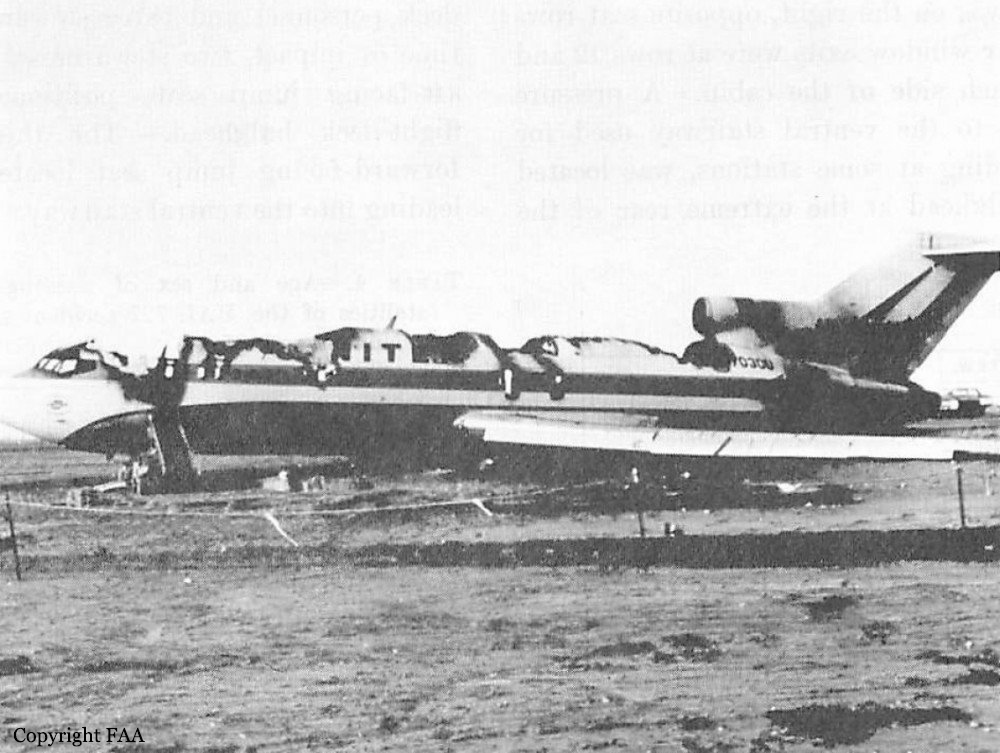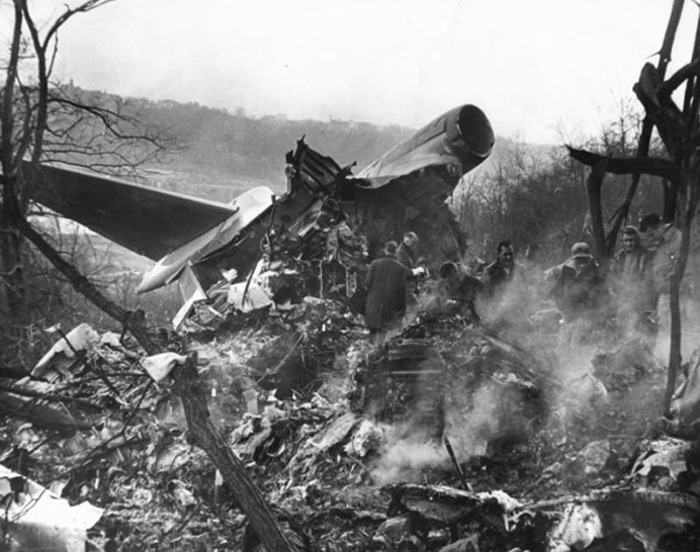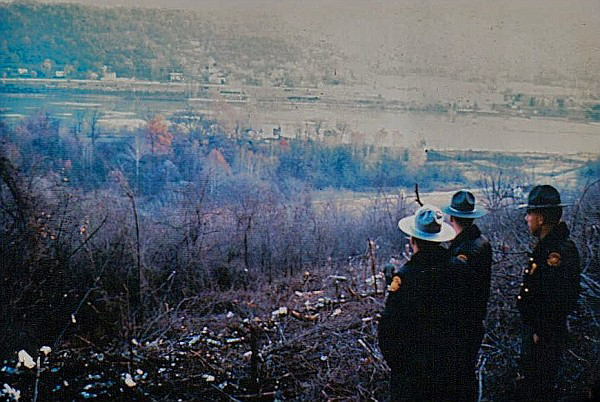Crash of a Boeing 727-81 off Tokyo: 133 killed
Date & Time:
Feb 4, 1966 at 1900 LT
Registration:
JA8302
Survivors:
No
Schedule:
Sapporo – Tokyo
MSN:
18822
YOM:
1965
Flight number:
NH060
Crew on board:
7
Crew fatalities:
Pax on board:
126
Pax fatalities:
Other fatalities:
Total fatalities:
133
Circumstances:
While approaching Tokyo-Haneda Airport by night and in good weather conditions, at an altitude of about 2,000 feet, the three engine aircraft went out of control and crashed into the Tokyo Bay, about 12 km southeast of the airport. Lots of debris were quickly recovered as well as the tail that sank by a depth of 20 meters. The aircraft disintegrated on impact and none of the 133 occupants survived the crash, which was the worst in Aviation History to date. At the time of the accident, the crew was approaching the airport under VFR mode in good weather conditions and did not report any issues on the frequency.
Probable cause:
The exact cause of the accident could not be determined with certainty. It was reported that the pilot was in contact with ATC during the final approach and did not report any anomalies. Investigations did not reveal any technical issues with instruments or engines or any kind of explosion prior to the accident.
